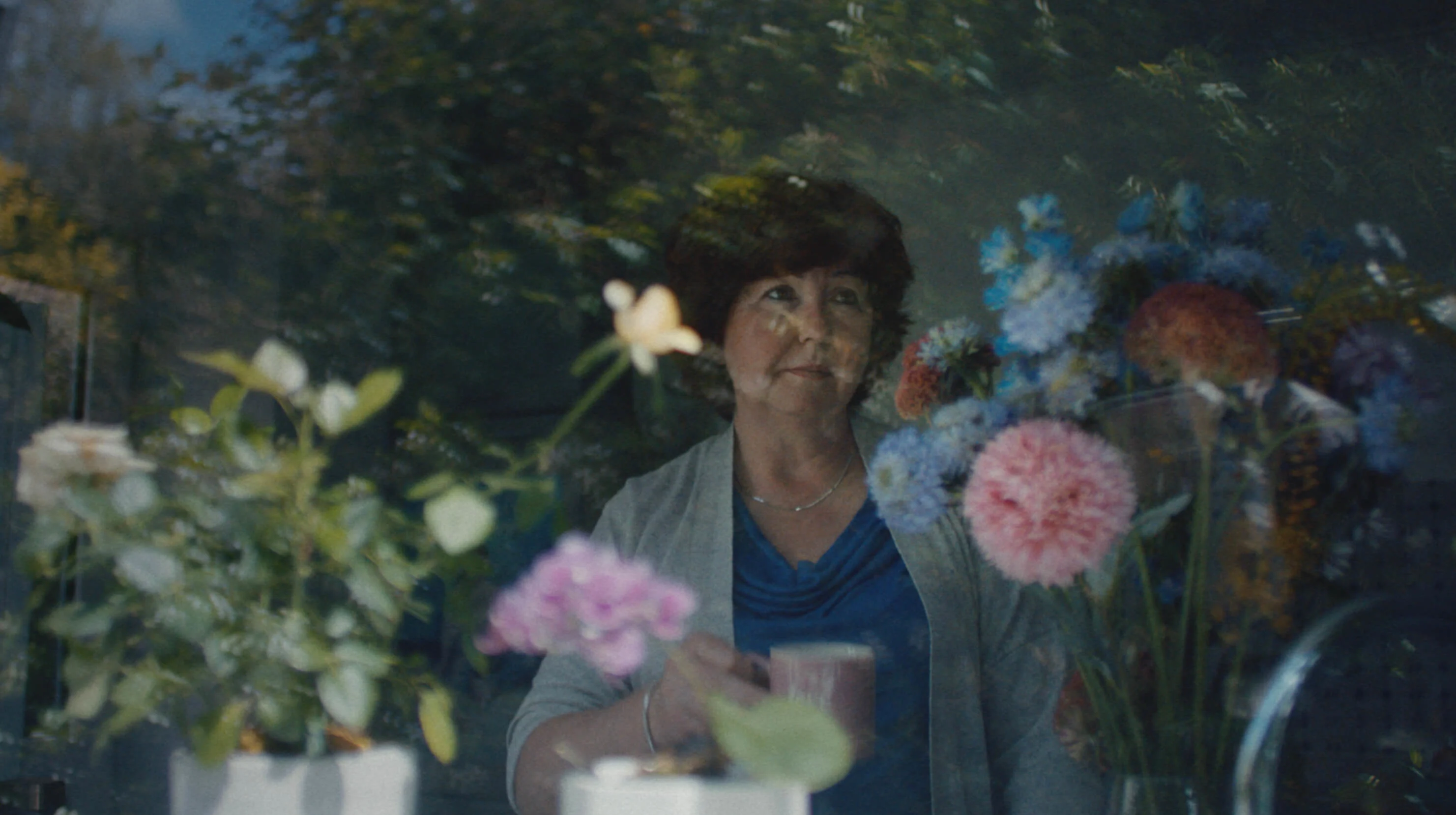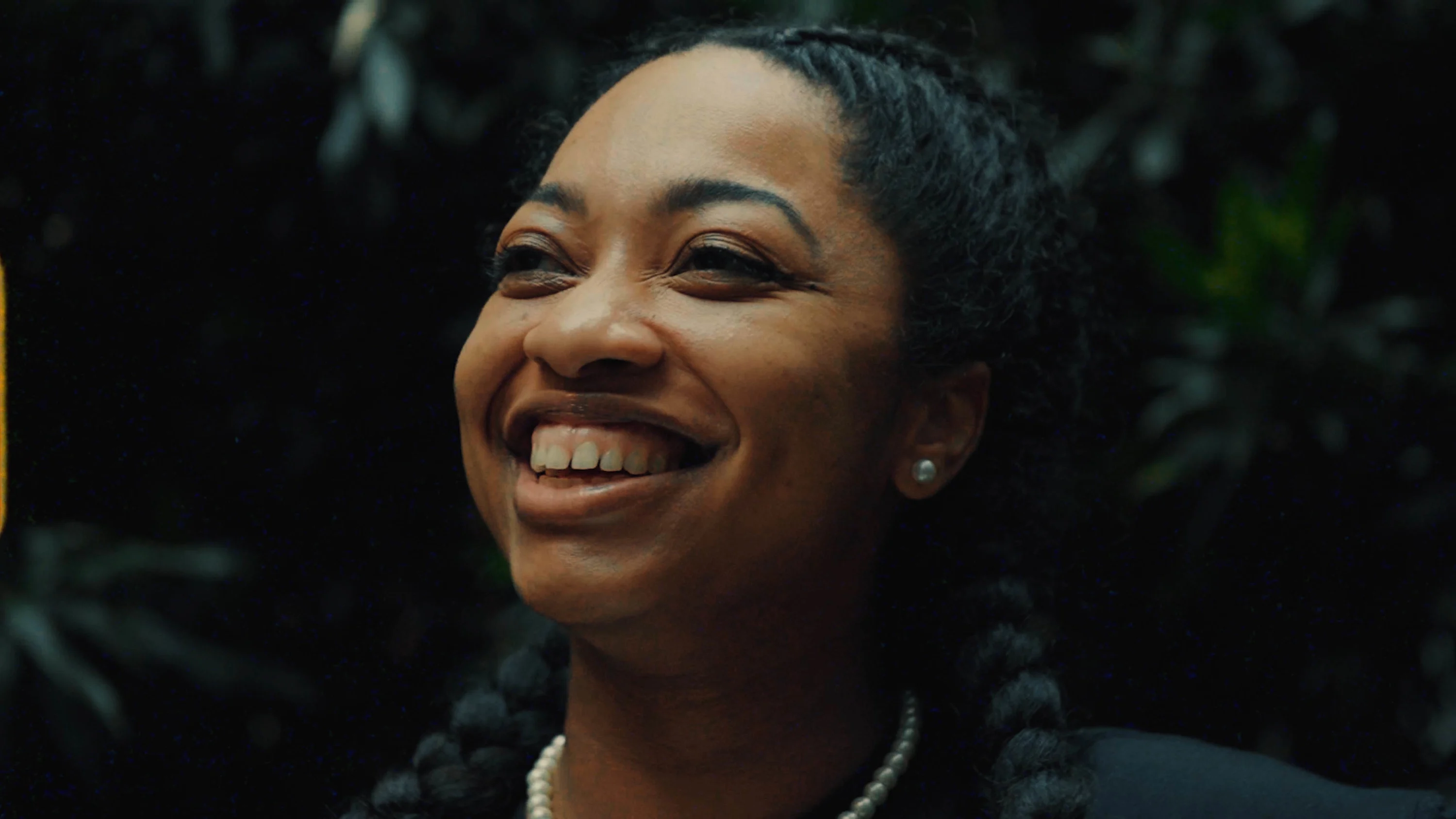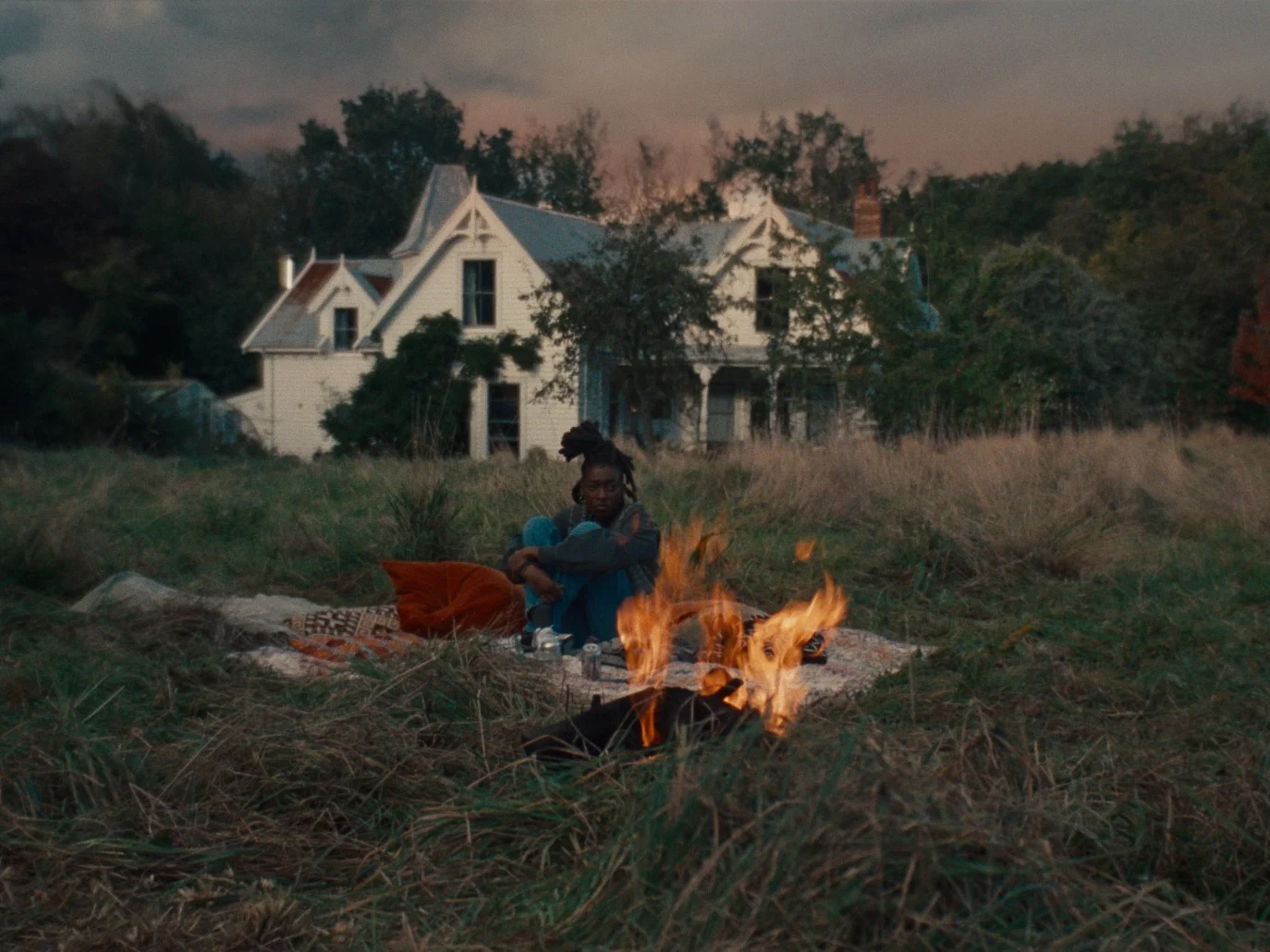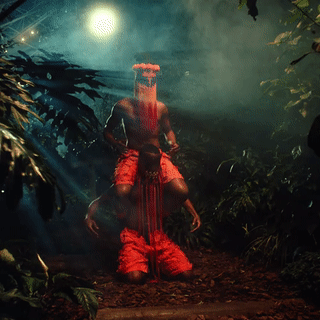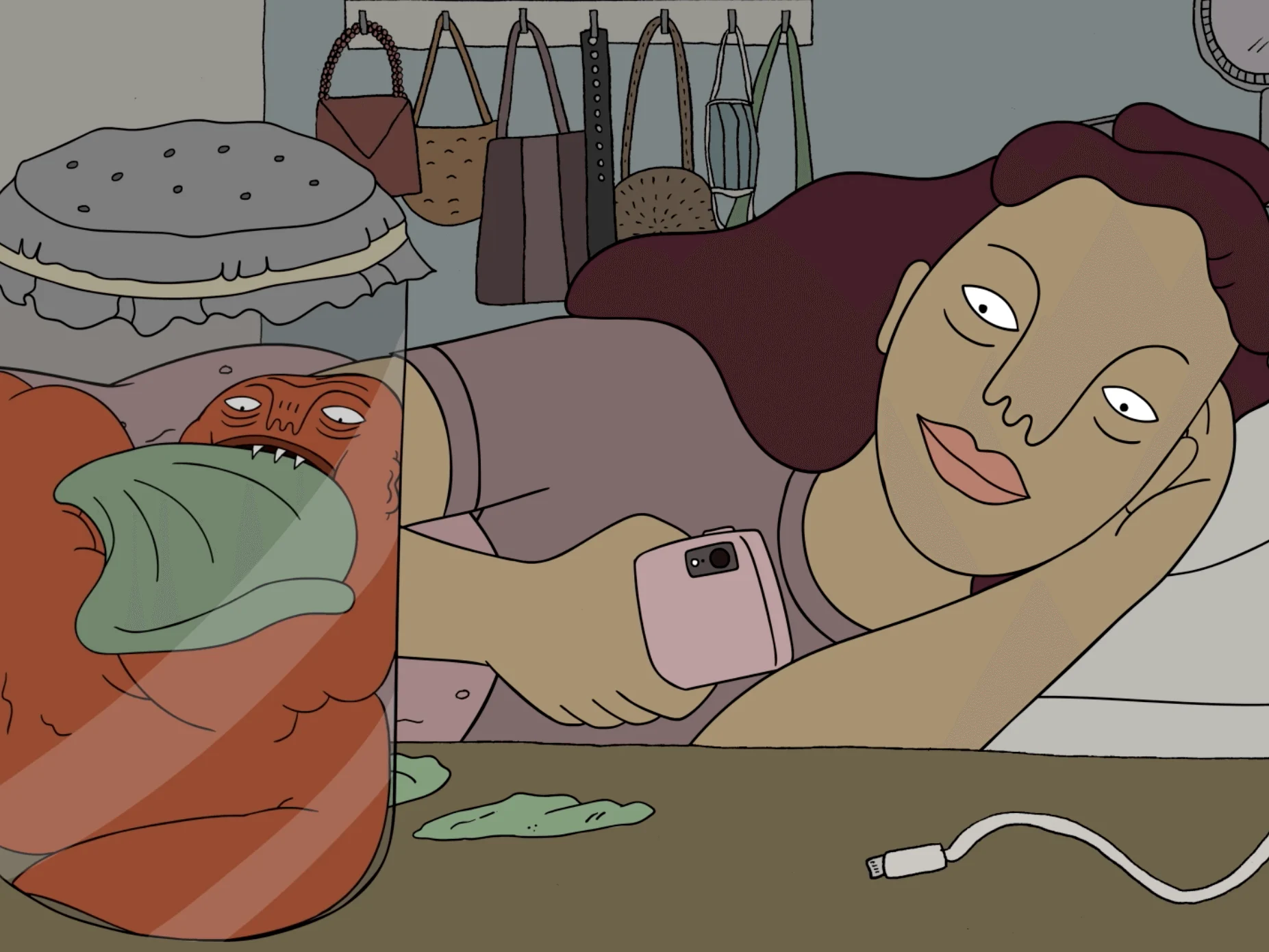
Breaking the Circle — Documenting the women of Brazil’s samba circles
Documenting the women of Brazil’s samba circles
Samba music is one of Brazil’s national symbols, combining African rhythm and European melody in a way that mirrors the democracia racial that serves as the country’s keystone myth. But as nations evolve, so do their symbols, and Brazilian women are carving out new spaces for themselves within the country’s signature musical genre.
Gabrielle Bruney talks to Tobias Nathan about his new documentary which features the women breaking into Brazil’s samba circles.
“Whenever a gringo arrives in Brazil and they’re introduced to samba, it’s always with half a dozen semi-naked women,” says samba musician Ana Priscila in Tobias Nathan’s film Breaking the Circle. “As if samba had nothing else to offer besides that.”
But things are changing, and having been sidelined for decades, more and more Brazilian women are composing and performing the nation’s most celebrated style of music, often in all-female ensembles.
Breaking the Circle: Women in Samba
Tobias came across his first samba circle during a visit to Brazil in 2014, and was instantly taken with the incredible “energy, unity and warmth” he found there. But his encounter was cast in a new light when he read Shannon Sims’ New York Times article about women pushing back against samba’s male-dominated culture.
“I realized, oh that thing I thought was so beautiful is a little darker than I thought, and has some really contentious and interesting stuff buried in it.” That complexity and the bigger themes the story would touch on made it a perfect passion project for the director, who mainly works on music videos and commercials. “It was representative of a place and a people that I had just fallen in love with,” he says.
Samba’s roots are centuries old. The word itself is believed to be derived from the Angolan language Kimbundu, whose term semba – a dance performed in a circle – was brought to Brazil by Bantu slaves.
Brazilian slavery was brutal. Given Portugal’s proximity to Africa, the colonial Portuguese in Brazil were able to buy slaves much more cheaply than their North American counterparts. It made more economic sense for them to work their slaves to death and buy more as and when they needed to, rather than invest in their slaves’ health or wellbeing.
But this physical brutality sat with an indifference that allowed African culture to thrive. Unlike American slave owners, who were determined to quash all traces of their slaves’ heritage, Brazilian overseers weren’t much concerned with how slaves spent their free time.
That meant African religious, dance and musical practices flourished in Brazil, even years after the last slave ship docked. Yoruba could be heard in Bahia, a historic center of the nation’s slave trade, until the 20th Century.
While Brazil’s diverse ethnic mix of African, Indigenous and European heritage is now a point of national pride, this wasn’t always the case. After slavery was abolished in 1888, the nation’s elites adopted a philosophy of branqueamento, or “whitening.”
Ashamed of its mixed population, the white governing classes hoped that through intermarriage and importing European immigrants, Brazil could rid itself of its non-white citizenry. And in the meantime, the authorities cracked down on black culture like capoeira and early samba.
“Anything that was mestizo, or was born in the slums, or has an African origin, was always marginalized,” says musician Tainá Brito in the film. “If a black person was seen with an instrument, he’d be arrested,” Priscila added.
But in the 1930s, the Brazilian government began to recognize the power of samba, and looked to co-opt it as part of a new, unified national identity.
The music once criminalized became beloved. Samba transformed into an aspirational symbol of Brazil, a country that’s proud of its diversity and yet riddled with racism, a nation where white citizens earn, on average, more than twice as much as their black counterparts.
Anything that was born in the slums, or has an African origin, was always marginalized.
All this made for a great backdrop to Tobias’ film. But before he began shooting, he had to reckon with the fact that the story he’d fallen in love with was not his own. It’s a story of the global south, rooted in the music and history of enslaved people, and today’s female sambistas are often women of color.
“I thought about white savior complex,” he says. “I struggled with whether it was my place to tell this story, as a white, heterosexual American man.” He felt certain this was an important story that needed telling, but knew it had to be “a vehicle for the musicians to tell their story.”
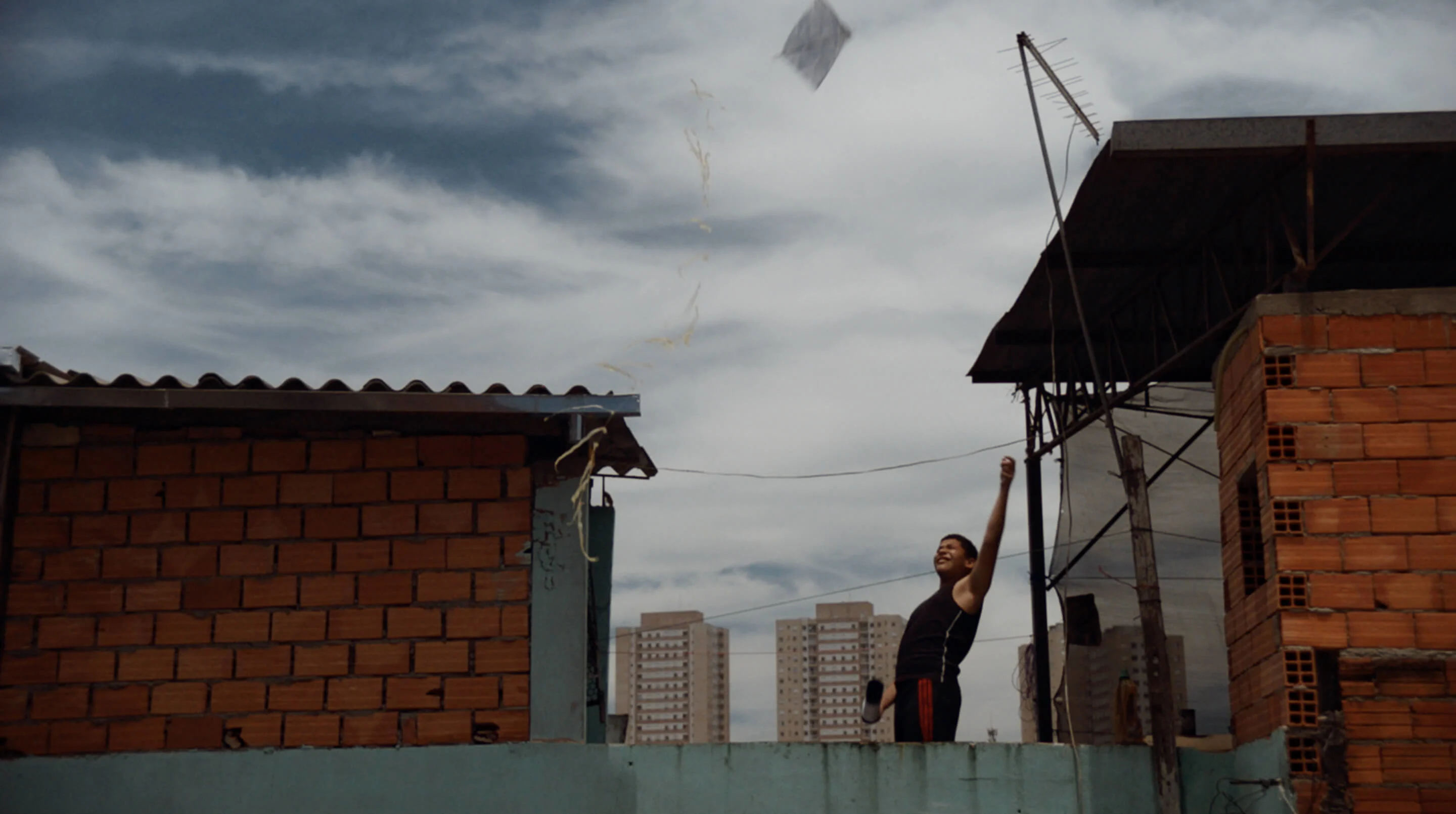
He interviewed sambistas in São Paulo and Rio de Janeiro, working with different crews in both cities and conducting interviews through a translator. They had to build up trust and so they spent time eating, talking and listening to samba with the musicians.
“We’d talk to them a little bit and then go back to the barbecue, watch some samba and have a drink, eat some food and talk to them a little bit more, come back and interview them,” Tobias says. “They saw I was just going in with an idea for a story, and letting them shape it however they wanted to shape it, by asking open-ended questions.”
That meant making politics a central part of the film. All of Nathan’s interviewees brought up politics. Filming coincided with the rise of Jair Bolsonaro, who was elected as president of Brazil in October 2018.
Bolsonaro is outspoken in his racism, misogyny and homophobia. His signature gesture is making the sign of a gun with his hand, and his rhetoric is littered with horrors. He once told a colleague he wouldn’t rape her because she didn’t “deserve it,” and he would prefer his sons to be dead rather than be gay.
The chaos of contemporary Brazilian politics is part of what makes Tobias’ film so urgent, rooting the cultural shifts of samba firmly in the current moment. Meditative interviews with – and stunning performances by – sambistas contrast with swiftly-spliced segments of news footage, juxtaposing soothing harmony and political frenzy.
Brazil’s crime rate hit a new high in 2018 with, on average, 175 killings every day. Tobias hired security guards for the shoot, but as one of the producers told him, “If you’re going to get robbed or killed, you’re going to get robbed or killed.”
But of course, Tobias could leave once the film was finished. For the sambistas interviewed in Breaking the Circle, violence is part of the fabric of their lives, and they’re tragically aware of the dangers they face.
One singer, Fabíola Machado, shares in the film that her sister and the woman who raised her were both murdered. “It opened another hole in my life; the two people who raised me, who took care of me, had both been murdered because they were women,” she says.
The issue of violence against women, especially black women, proved just as essential to the documentary as politics. “The focus was meant to be women entering samba. But it kept growing and it became way more expansive,” he says. “The musicians started talking about the fragility of life as a black woman in Brazil. How could we not talk about that?”
The focus was meant to be women entering samba. But it kept growing and it became way more expansive.
A few months before the documentary was filmed in December 2018, the murder of 29-year-old lawyer Tatiane Spitzner had horrified Brazil. Her last moments were captured on her apartment building’s security cameras, and a montage of Spitzner’s husband chasing and beating her as she fought to escape played regularly on Brazilian news.
After dragging her to their apartment, her husband allegedly strangled her and threw her body from the balcony. Snatches of the security footage appear in Tobias’ film, alongside news coverage of the murders of other women.
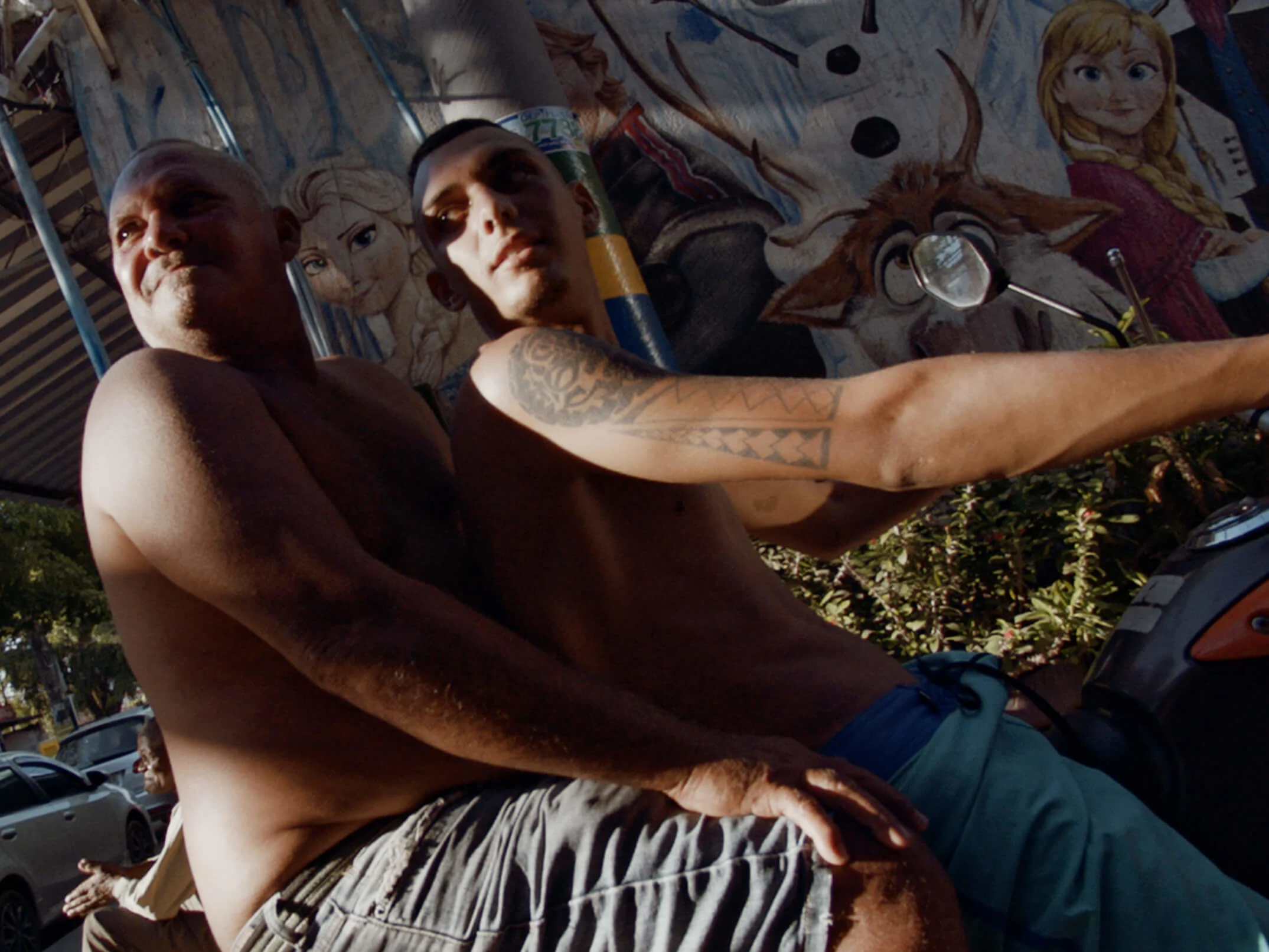
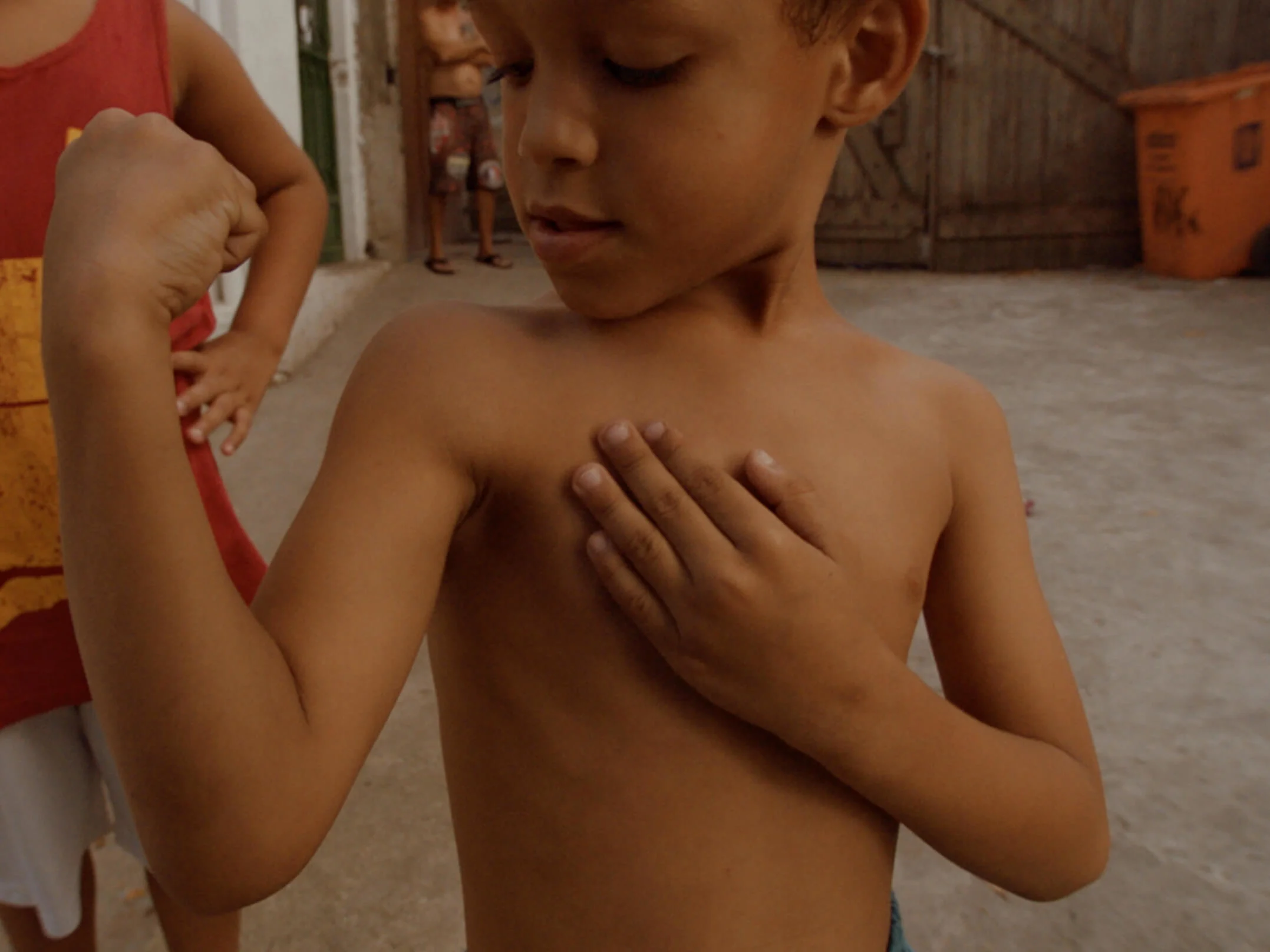
While the deaths of Spitzner, Rio city councillor Marielle Franco and others have shocked the country, violence against women remains widespread in Brazil – which has one of the highest rates of femicide in the world.
As recently as 1991, defense teams in the trials of men accused of killing their wives could invoke “legitimate defense of honor.” Laws have been changed, but violence against women continues to be rampant, and most believe, under-reported.
Lately we’ve seen some pitiful things happening in our nation, but samba was there as a form of communion.
With rates of anti-LGBT hate crimes also peaking in recent years, queer women face particular risks. “One of the concerts we were supposed to go to was cancelled because this group is all gay women, and they said there’d been a lot of violent threats since Bolsonaro had been elected,” Tobias says.
Despite troubled times in Brazil, female sambistas are thriving. “These women are playing to huge crowds who love them, and they have taken hold of an amazing part of this cultural scene in these cities,” Tobias says.
The broader concerns about Brazil are impossible to ignore, especially since the sambistas themselves are forcing the discussion. “Lately we’ve seen some pitiful things happening in our nation,” says Brito in the film. “But samba was there as a form of communion.”










